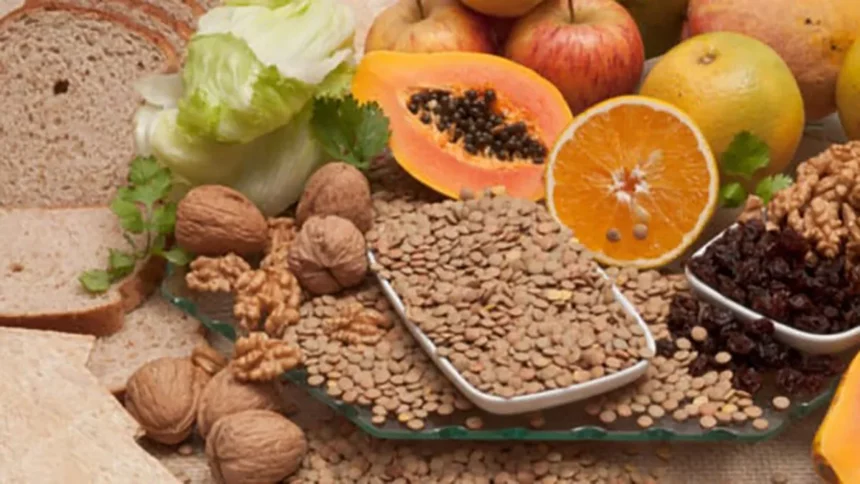Fibre has long been known to promote good digestive health and regularity. These two benefits are probably known most widely. Most people are not aware that eating a fibre rich diet offers many more health benefits.
Studies have shown that people who eat a high-fibre diet of oats, barley, brinjal, ladiesfinger, and other vegetables lowered their cholesterol by close to 30 percent after four weeks. In addition to improving digestive health and lowering cholesterol levels, a high-fibre diet can also help you reduce the risk of heart disease and diabetes, and keep your weight in check.
Here are the five key benefits of a high fibre diet.
Digestion
Fiber plays a major role in digestive health. Fiber is the fuel the colon cells use to keep them healthy. As fiber passes through the stomach and intestines, it absorbs water, adding bulk to the stool. This keeps the digestive track flowing by keeping your bowel movements soft and regular.
Cholesterol
Fiber is undigested starch, and as such it traps cholesterol and drags it out of the body through the digestive system. The fibre binds to bile acids (that the body produces to help digest food) and is excreted from the body. As a result, your body utilises the existing cholesterol in the bloodstream to produce more bile acids, thereby lowering blood cholesterol levels.
Heart Health
When it comes to heart health, the importance of fiber in your diet cannot be overstated. Several studies have shown that fiber reduces the risk of heart disease.
A study published in the Journal of the American College of Cardiology Foundation that followed 39,876 women for six years found that those who ingested an average of 26.3 grams of fiber daily were at lower risk of developing heart disease or having a heart attack than those who ate less.
Diabetes
A high-fiber diet may lower a person’s risk for diabetes. Fiber slows the absorption of sugars, which can reduce glucose levels in the blood and prevent blood sugar spikes. Soluble fibre improves insulin sensitivity in non-diabetic as well as diabetic individuals.
Weight Loss
Fiber expands in the stomach and intestines, which creates a feeling of fullness. This means that after eating a fiber-rich meal, you’ll typically feel fuller longer and may eat less throughout the day. In addition, because soluble fiber turns into a gel in the stomach, it binds to sugars, cholesterol, and fats and carries them, largely unabsorbed, through the digestive tract
According to the Indian Council of Medical Research, on an average, an average Indian consumes only 14 grams of fibre every day while the recommended daily allowance is 25 grams for adult women and 38 grams for adult men.
If you do not have the time or resources to prepare and ensure a fibre rich meal, you can get your daily fibre fix with QNet’s Nutriplus Fibrefit. Just cut open a sachet, mix the powder in water and drink up! You can even sprinkle it on your food, or mix it up in your salads and sandwich fillings.
Nutriplus FibreFit contains exudates of Gum Acacia Senegal and Acacia Seyal trees that are about 85% (by weight) soluble fibre and provides you the soluble fibre your body needs every day. Nutriplus Fibrefit is 100% natural and contains no added sugar.








